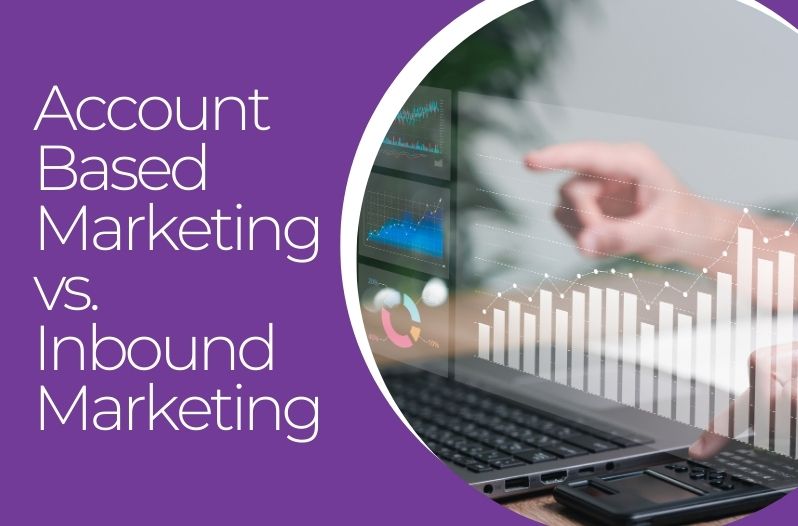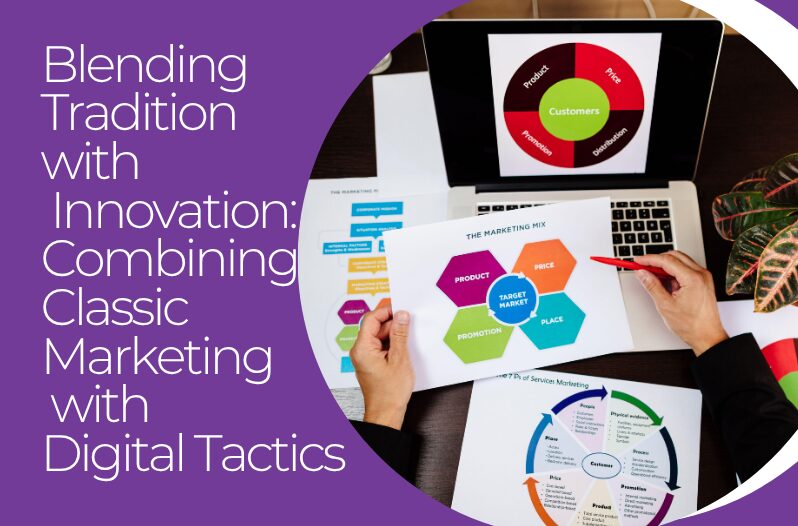Account Based Marketing vs. Inbound Marketing: Key Differences
Many marketers today are torn between two popular digital marketing strategies: account based marketing (ABM) and inbound marketing. While both strategies focus on attracting and engaging a target audience, they go about it in very different ways. This article will outline the key differences between ABM and inbound marketing to help you determine which approach may be better suited for your business.
What is Account Based Marketing?
Account based marketing, or ABM, is a strategic approach that focuses sales and marketing efforts on a clearly defined list of target accounts. The goal is to personalise messaging to resonate with key decision makers at those high-value accounts and turn them into long-term customers.
ABM typically focuses on identifying major opportunities and customising campaigns and tactics for specific companies rather than broader audiences. Extensive research goes into understanding each account’s business, challenges, and goals so that campaigns can be extremely tailored. Outreach is orchestrated across multiple channels including email, social media, events, direct mail, and more.
What is Inbound Marketing?
Inbound marketing takes an entirely different, broader approach. Instead of identifying and targeting specific companies, inbound marketing focuses on creating content, tools, and experiences designed to attract a clearly defined but wider buyer persona. Efforts center around owned media like blogging, videos, ebooks, and more.
The goal of inbound is to have buyers come to you through search, social media, referrals, and by consuming informative content that answers their questions and demonstrates your expertise. Over time, inbound marketing looks to convert site visitors into leads and customers further down the sales funnel without relying on interruptive ads or cold outreach.
Key Differences at a Glance:
- ABM targets a short list of defined accounts; inbound targets a broadly defined persona across any accounts
- ABM is highly personalised; inbound offers helpful education at scale
- ABM measures success by pipeline influenced for named accounts; inbound by overall traffic, leads and customers
- ABM uses both owned and paid/earned media like events; inbound focuses solely on owned media assets
- ABM typically has longer sales cycles focused on bigger deals; inbound captures buyers across deal cycles/sizes
The Bottom Line
Understanding the core differences between account based marketing and inbound marketing is key when determining which strategy may suit your business needs and resources better. ABM requires extensive coordination with sales but results in highly tailored messaging for your best-fit accounts. Inbound casting a wider net to capture buyer interest across multiple companies and deal types.
Ultimately selecting either ABM or inbound comes down to your budget, target customer profile, sales model and more. Oftentimes, businesses will incorporate elements of both strategies for a “best-of-both-worlds” approach. Mixing smart targeting, research, and custom messaging from ABM with the scalability and organic reach of inbound can produce powerful results.





